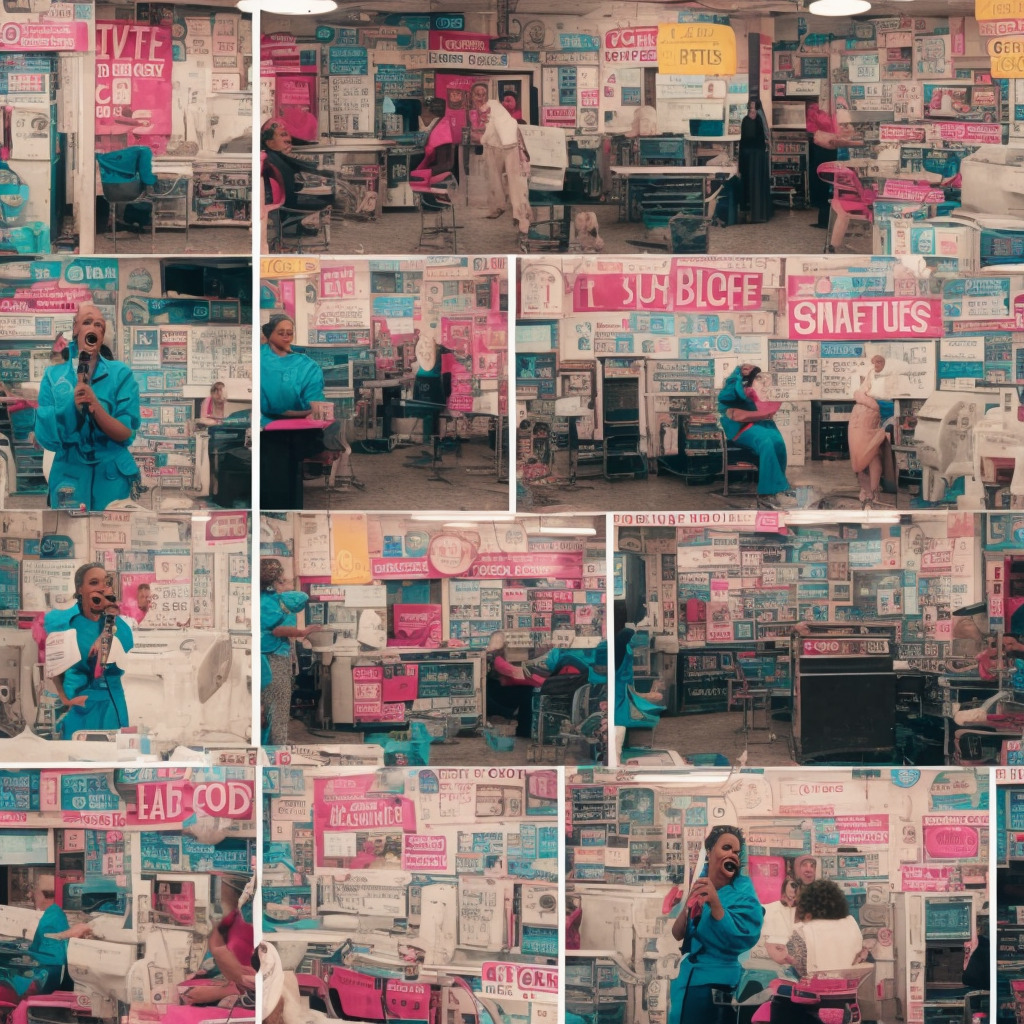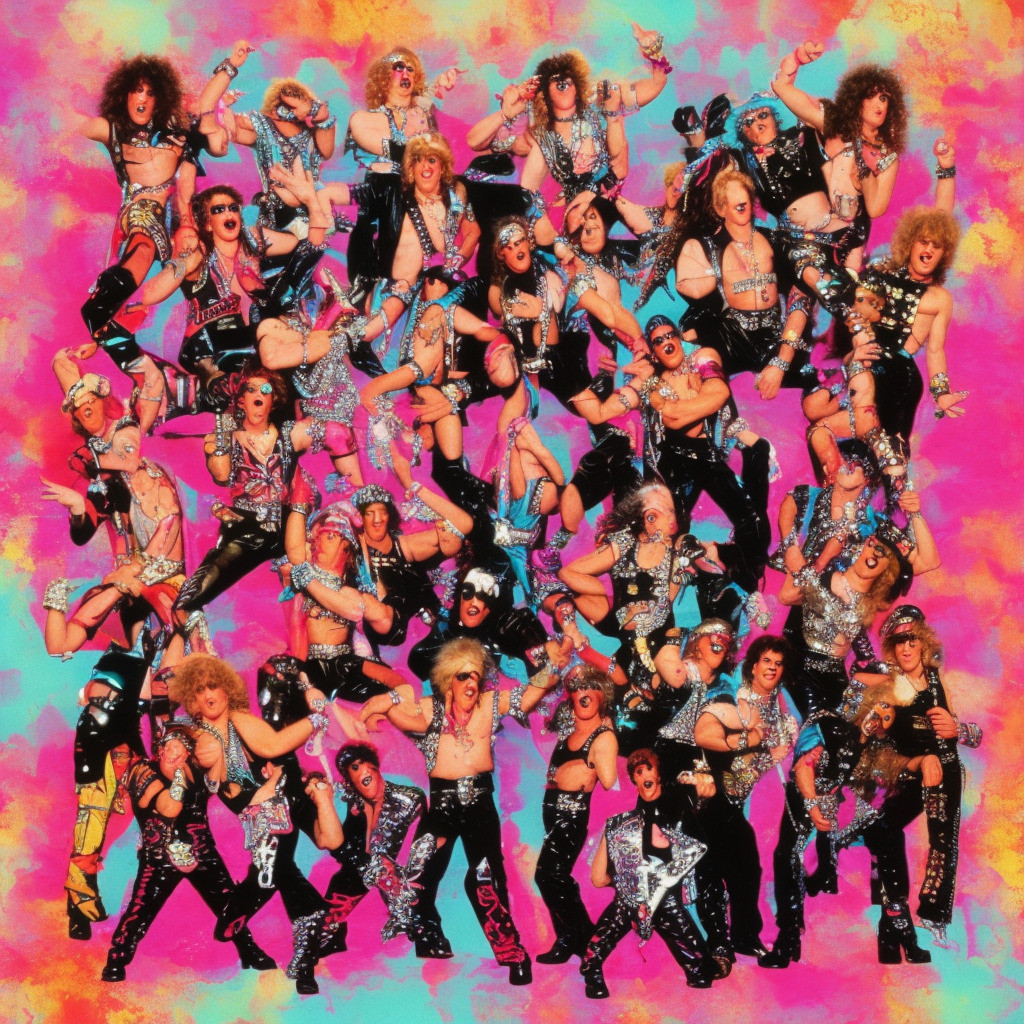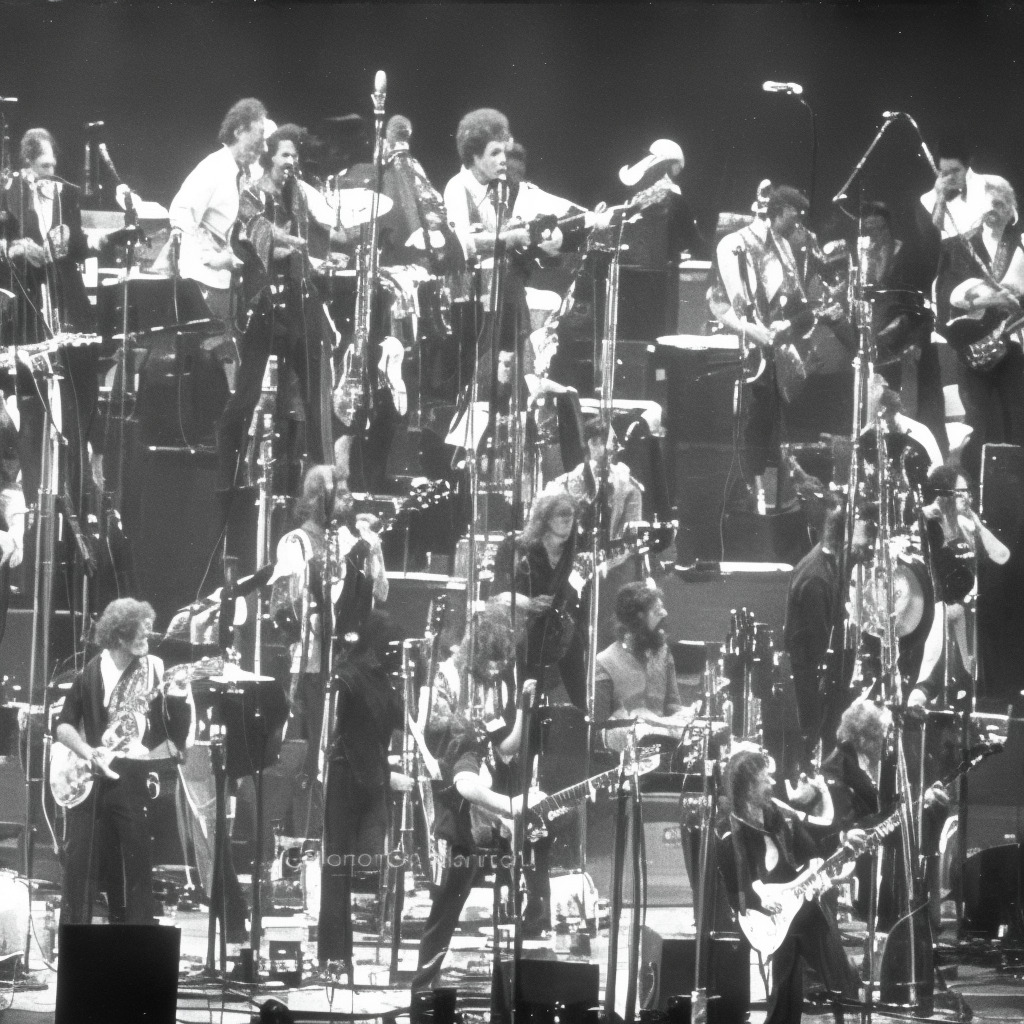?Did you know? “Born to Run” was Springsteen’s first Top 40 hit, and he wrote it on a piano in his bedroom ? Talk about humble beginnings! Keep chasing those dreams, folks ? #Springsteen #BornToRun #ClassicRock #TriviaTuesday Read about it: tinyurl.com/3wmba7fy
The Timeless Anthem of a Generation
“Born to Run” – Bruce Springsteen’s timeless anthem uniting dreamers and underdogs, embodying the indomitable spirit of America and leaving an undeniable mark on rock history.
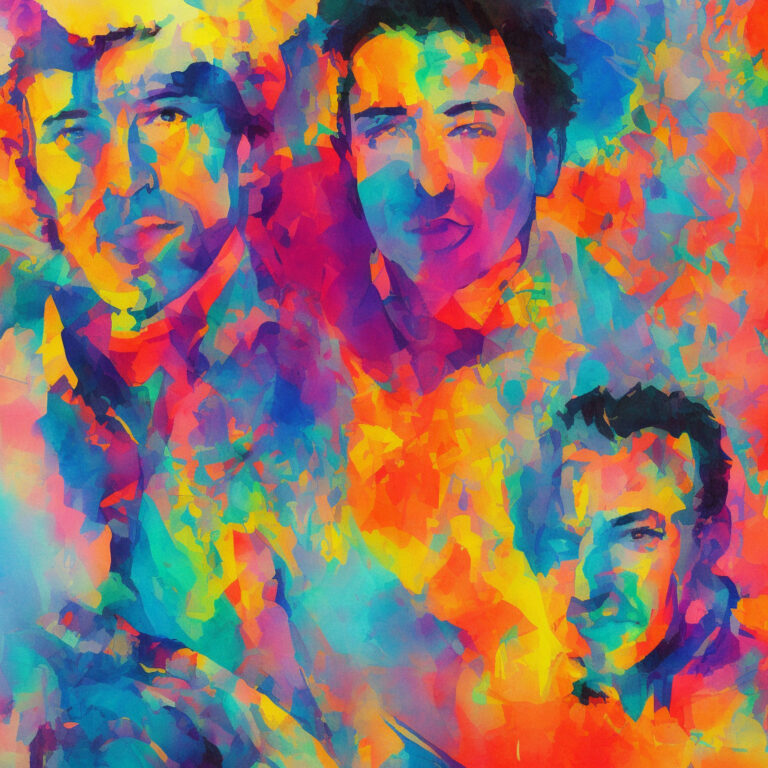
Bruce Springsteen – a name that has become synonymous with heartland rock, blue-collar storytelling and unparalleled live performances. The Boss, as he is affectionately known, has been dazzling audiences worldwide for over four decades with his distinctive brand of narrative-driven rock and roll.
Born in 1949 in Long Branch, New Jersey, Springsteen’s journey to superstardom began with the formation of the E Street Band in 1972, including members Steven Van Zandt, Garry Tallent, Clarence Clemons, Roy Bittan, and Max Weinberg. However, it was the release of their third album, “Born to Run,” in 1975 that would truly cement Springsteen’s position as a rock icon.
The album’s title track, “Born to Run,” tells the story of two young lovers attempting to break free from their mundane lives in a small town, a recurring theme in many of Springsteen’s songs. Driven by a powerful opening riff, the song’s cinematic scope and anthemic chorus would become emblematic of Springsteen’s signature sound. The song’s infectious energy and timeless message of hope and redemption have made it a staple of classic rock radio to this day.
Despite the single not reaching the top of the charts, peaking at number 23 on the Billboard Hot 100, “Born to Run” has unquestionably had a significant impact on both Springsteen’s career and the broader rock music landscape. It has received numerous accolades, including being named one of the Top 500 songs of all time by Rolling Stone Magazine and earning a place in the Library of Congress’ National Recording Registry.
While Bruce Springsteen has enjoyed a long and illustrious career, churning out countless hits that have resonated with legions of devoted fans, “Born to Run” stands as a shining testament to the power of music to inspire and unite. Despite its now-iconic status, some critics may argue that the song’s popularity has overshadowed the sheer depth and breadth of Springsteen’s extensive discography, which includes tracks that tackle more complex themes and showcase his versatility as an artist.
However, the cultural impact of “Born to Run” cannot be understated. More than just a song or an album, it has come to represent a rallying cry for dreamers and underdogs everywhere, epitomizing the indomitable spirit of America and solidifying Bruce Springsteen’s place in the annals of rock history.
Charting the Journey of an Anthem
“Born to Run” – Bruce Springsteen’s chart-topping anthem that broke records, captivated generations, and cemented his legacy in music history.
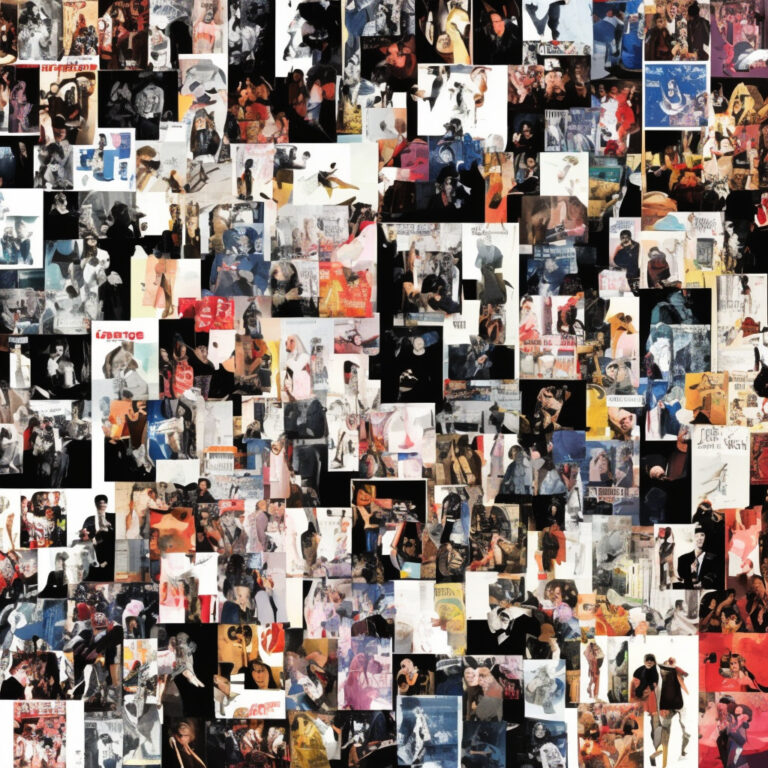
When it comes to chart success, “Born to Run” made quite an impact upon its release. The song was released on August 25, 1975, as the lead single from Bruce Springsteen’s third studio album, also titled “Born to Run.” Upon its release, it entered the Billboard Hot 100, eventually peaking at the 23rd position in the week ending October 11, 1975. This marked a significant achievement for Springsteen, as it was his highest-charting single at that time. Additionally, “Born to Run” also peaked at No. 16 on the Cash Box Top 100, further cementing its commercial success.
In the UK, the song initially failed to make an impression on the charts. However, when it was reissued in 1987, it secured the 16th position on the Official Charts Company’s UK Singles Chart. It’s important to note that “Born to Run” has had a lasting impact on the charts, with the song re-entering the Billboard Hot 100 in 2001, peaking at No. 139, following the release of Springsteen’s “Live in New York City” album.
The chart success of “Born to Run” wasn’t the only noteworthy trivia surrounding this song. Its creation was widely covered in the media due to the meticulous and time-consuming process Springsteen and his band followed to achieve the desired sound. One interesting tidbit is that the band spent an impressive six months working on the track, with Springsteen even dubbing it as a “record that took longer to make than most other entire albums.”
While “Born to Run” did not skyrocket to the top of the charts, its commercial success and enduring popularity marked a turning point in Springsteen’s career. The song would go on to become an anthem for generations of fans, and it continues to hold a special place in the hearts of music lovers around the world.
Dissecting the Lyrics of an American Classic
Born to Run, penned by the legendary Bruce Springsteen, is not only an iconic song, but it also brilliantly encapsulates the spirit of its time. The lyrics speak to the hearts of those who lived through the era, painting a vivid picture of the restless youth and their yearning for freedom.
In the day we sweat it out on the streets of a runaway American dream
At night we ride through mansions of glory in suicide machines
Sprung from cages out on highway nine,
Chrome wheeled, fuel injected, and steppin’ out over the line
Baby this town rips the bones from your back
It’s a death trap, it’s a suicide rap
We gotta get out while we’re young
‘Cause tramps like us, baby we were born to run
Born in 1949, Springsteen was heavily influenced by the events and social climate of the late 1960s and early 1970s in America. The Vietnam War, civil rights movements, and the challenging of traditional societal norms were all key factors during this time. With this backdrop, the lyrics of Born to Run speak to the disillusionment and restlessness of that generation, while also capturing the hope and desire for a better future.
In the iconic opening lines, Springsteen talks about “sweating it out on the streets of a runaway American dream.” This phrase echoes the struggles and dissatisfaction of young people who felt disconnected from the so-called American Dream. The “mansions of glory” and “suicide machines” evoke the contrast between the glamorous image of the United States and the harsh reality that many young people faced, including the dangers and uncertainties of living in tumultuous times.
As the song progresses, the lyrics present a sense of urgency, with lines like “We gotta get out while we’re young” and “tramps like us, baby we were born to run.” The song doesn’t shy away from the darker side of society, describing the town as a “death trap” and a “suicide rap.” Despite these somber undertones, the song ultimately delivers an uplifting message of hope and resilience, encouraging those who feel trapped to seize the day and pursue their dreams, regardless of the obstacles that may stand in their way.
Overall, the lyrics of Born to Run deftly capture the zeitgeist of its era, giving voice to the hopes, fears, and dreams of a generation that was yearning for change. Today, the song remains a powerful anthem for anyone seeking freedom, adventure, and a better life.
The Essence of “Born to Run” Captured on Film
“Born to Run” thrives in its visual legacy through captivating live performances, fan tributes, and diverse interpretations, ensuring the anthem’s timeless spirit resonates across generations.
Though “Born to Run” does not have an official music video, the song’s visual legacy is carried on through various live performances, fan-created videos, and tributes that showcase the energy and spirit of the song. One of the most notable performances of “Born to Run” can be seen in the 1984 concert film, “Bruce Springsteen & The E Street Band: Live 1975-1985,” directed by Arthur Rosato. This film captures Springsteen’s raw energy and charisma and highlights his unique connection with the audience.
Another noteworthy live performance of the song took place during the 2009 Super Bowl halftime show, where Springsteen and the E Street Band captivated the crowd with a high-octane rendition of “Born to Run.” The performance was directed by Don Mischer, a multiple Emmy Award-winning producer and director known for his work on events such as the Olympics and the Grammy Awards. This unforgettable performance showcased Springsteen’s incredible stage presence and further solidified “Born to Run” as an iconic anthem.
In addition to live performances, fans have taken to YouTube to express their love for “Born to Run” by creating tribute videos, mashups, and covers. Some of these videos include compilations of Springsteen’s live renditions from various concerts, while others feature innovative interpretations of the song, such as orchestral arrangements or a cappella covers. These fan-made videos not only demonstrate the song’s enduring popularity but also the diverse ways in which “Born to Run” can be enjoyed and celebrated by people of all ages and musical backgrounds.
The lack of an official music video for “Born to Run” ultimately adds to the mystique and timelessness of the song. Instead of being limited by a single visual interpretation, “Born to Run” continues to inspire generations of fans, who embrace and celebrate the song through their own creative expressions. The passion and dedication of both the artist and the fans ensure that the legacy of “Born to Run” will continue to thrive, long after the final notes have faded away.
The Genius Behind the Music: Bruce Springsteen
Often referred to as “The Boss,” Bruce Springsteen is the mastermind behind the iconic anthem “Born to Run.” An accomplished singer, songwriter, and musician, Springsteen has written and composed numerous hit songs throughout his illustrious career. Some of his other notable tracks include “Dancing in the Dark,” “Thunder Road,” and “The River.” Apart from these chart-toppers, his 1984 album, “Born in the U.S.A.,” generated an impressive seven top-10 singles and remains one of the best-selling albums of all time. Springsteen’s ability to seamlessly merge rock, heartland, and storytelling elements in his music has made him a prominent figure in the industry and earned him the respect of fans and critics alike.
Awards, Accolades, and Appearances
“Born to Run”: A timeless rock anthem celebrated with awards, immortalized in media, and inspiring generations of artists worldwide.
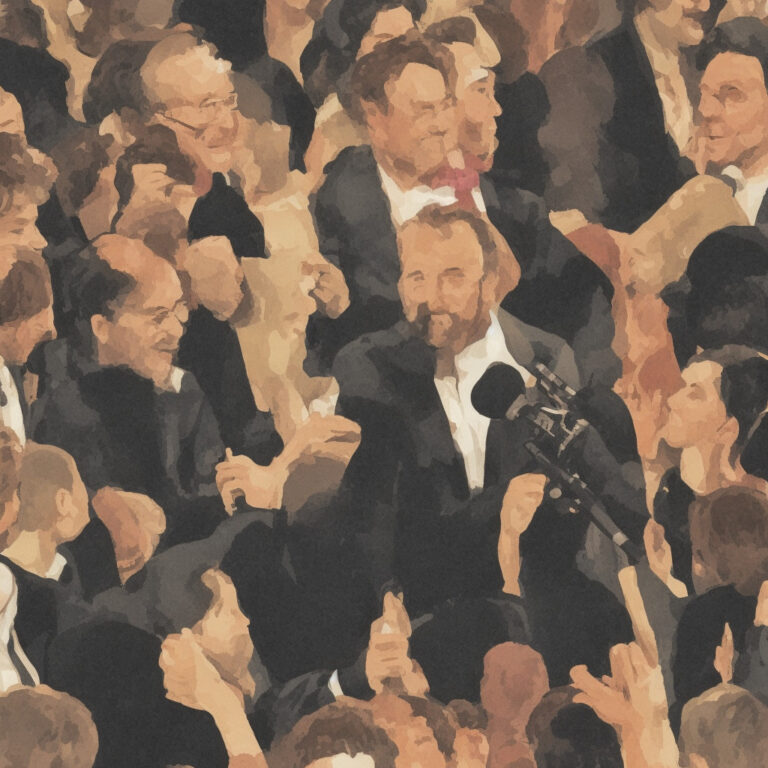
Over the years, “Born to Run” has received numerous accolades and recognition for its significant impact on the rock music landscape. It has been ranked on several “best of” and “greatest songs” lists by various publications. In 2001, the song was inducted into the Grammy Hall of Fame due to its historical, artistic, and cultural significance. Additionally, “Born to Run” was selected by the Library of Congress in 2003 for preservation in the National Recording Registry, highlighting its importance to American music history.
Throughout its impressive lifespan, “Born to Run” has been featured in numerous film, television, and video game soundtracks. Its cinematic quality and strong storytelling have made it a perfect fit for motion pictures. The song has appeared in iconic film soundtracks such as the 1994 action-thriller “True Lies” and the 2009 romantic comedy “Adventureland”. It has also been featured in television shows like “The Sopranos” and “Glee”, and video games such as “Guitar Hero World Tour” and “Rock Band 3”, allowing the track to reach new generations of fans.
A testament to the song’s lasting appeal, “Born to Run” has inspired numerous artists to create their own interpretations and cover versions. Acclaimed musicians such as Frankie Goes to Hollywood, Jerry Lee Lewis, and Roger Daltrey have all released their renditions of the classic tune. In addition, the song has been performed live by a variety of artists across different genres, from punk rockers like Bad Religion to pop stars like Taylor Swift, demonstrating the universal appeal and adaptability of “Born to Run”.
In conclusion, “Born to Run” has amassed an impressive collection of awards, accolades, and appearances in various media since its release in 1975. Its timeless nature and storytelling prowess continue to captivate audiences and inspire musicians across the globe. Its presence in popular culture, along with the numerous cover versions, solidifies “Born to Run” as a true classic and an essential piece of rock music history.
Breaking Down the Musical Elements
Diving into the musical structure of “Born to Run,” it’s evident that Bruce Springsteen’s genius lies in his ability to blend various elements to create a captivating and timeless rock anthem. The song is written in the key of E major, a key often associated with bright and uplifting emotions, aptly fitting the song’s theme of youthful freedom and the pursuit of a better life.
The chord structure is both simple yet effective, mainly relying on the I-IV-V progression (E-A-B), which is a staple in rock and roll music. This classic progression, combined with the driving drumbeat and bass line, provides the perfect foundation for Springsteen’s signature storytelling. The verses follow a pattern of E-A-B-A, while the chorus utilizes E-B-A-E, adding a sense of resolve and triumph to the melody.
One of the standout features of “Born to Run” is its tempo, which sits at a brisk 148 BPM (beats per minute), giving the track its energetic and urgent feel. This tempo, coupled with the powerful drumbeat, propels the song forward and contributes to the larger-than-life atmosphere it’s known for. Furthermore, the use of instruments such as the glockenspiel, piano, and saxophone add layers of depth and texture to the track, creating a rich and immersive soundscape.
Springsteen’s arrangement and production choices also contribute to the song’s grandiosity. The heavily layered Wall of Sound technique, inspired by the legendary producer Phil Spector, is employed in the song, creating a dense and rich sonic landscape that adds to the anthemic quality of the track. This makes “Born to Run” stand out from many other songs of its era, as the Wall of Sound approach was not as commonly used in rock music at the time.
Another notable aspect of the song is the iconic saxophone solo performed by the late Clarence Clemons. The solo comes in after the second chorus, adding an extra layer of emotional intensity and showcasing Clemons’ immense talent. It also serves as a perfect segue into the final chorus, further elevating the song’s triumphant energy.
In conclusion, the musical structure of “Born to Run” is a testament to Bruce Springsteen’s ability to combine classic rock elements with his own unique flair, resulting in a timeless anthem that continues to resonate with listeners to this day. From the choice of key and chord progressions to the tempo and arrangement, every aspect of the song’s structure is carefully crafted to evoke a sense of freedom, passion, and the unyielding spirit of youth.



